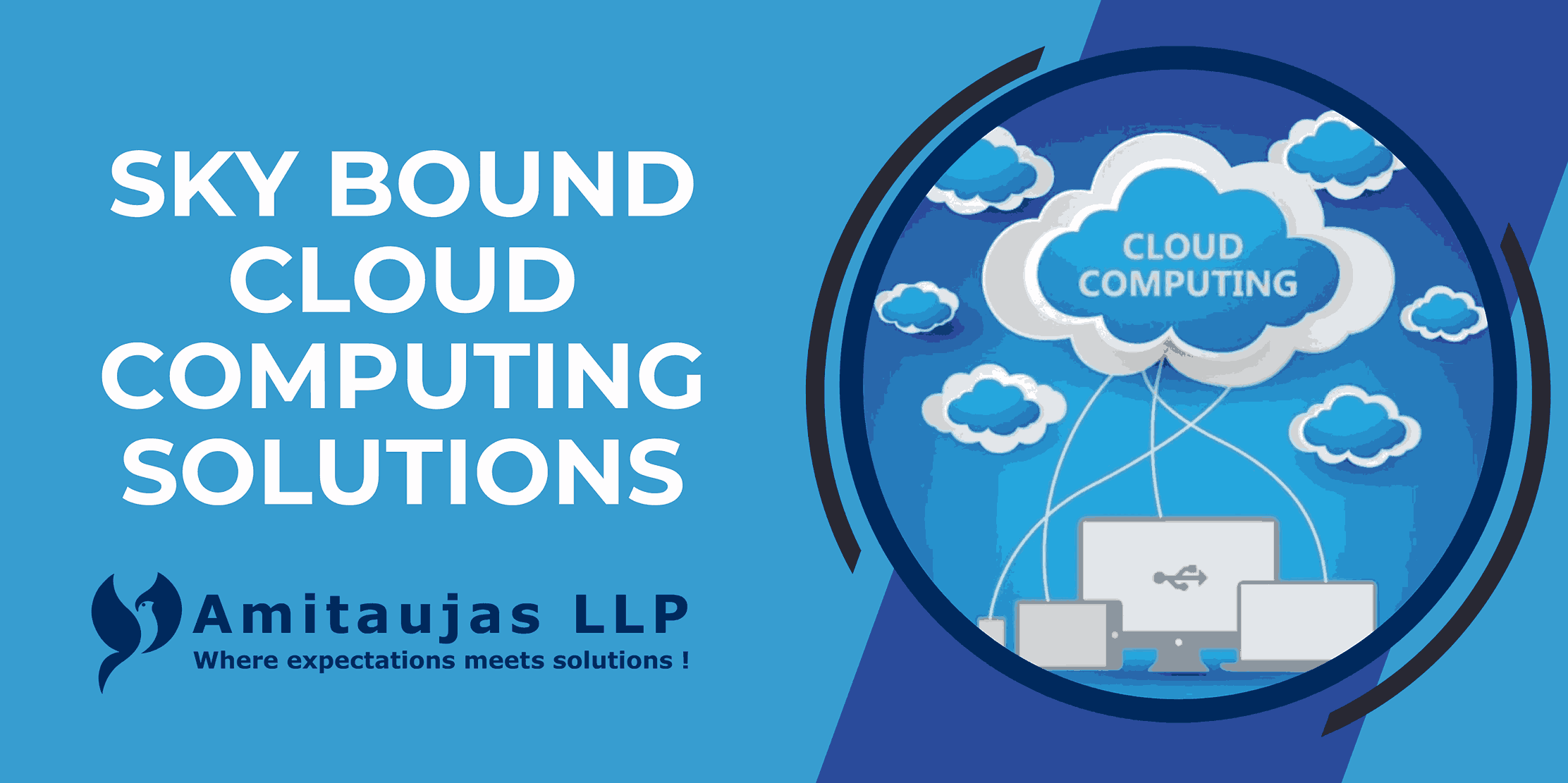
Skybound's Cloud Computing Solutions
Key Features of Skybound Cloud Solutions
-
1. Cloud Infrastructure Development
Skybound solutions incorporate advanced cloud infrastructure design with:
- Multi-cloud strategies: Using multiple cloud providers to optimize performance, cost, and risk management.
- Hybrid cloud architecture: Combines on-premise and cloud resources for greater flexibility and adaptability.
- Edge Computing: Running distributed computing closer to the data source to reduce latency and improve real-time processing.
-
2. AI and ML Integration
The integration of artificial intelligence and machine learning in cloud solutions provides:
- Predictive analytics: Using ML algorithms to analyze trends and predict future outcomes.
- Intelligent automation: Automating repetitive tasks and decision-making processes with AI.
- Natural Language Processing (NLP): Enhancing customer engagement through AI communications and voice assistants.
-
3. Advanced Data Management and Analysis
Skybound solutions enhance data management and analysis with:
- Large databases: Utilizing cloud-based data lakes and warehouses for managing and analyzing vast datasets.
- Real-time analytics: Implementing data flow solutions for continuous insights and actions.
- Data Integration: Integrating data from various sources for a unified view.
-
4. Security and Compliance Innovations
Ensuring security and compliance with Skybound solutions involves:
- Trustless Security Models: Implementing frameworks that do not require absolute trust or verification for every access request.
- Regulatory compliance management: Using cloud tools to automate and ensure compliance with regulatory standards.
- Advanced threat detection: Leveraging AI and ML to detect and mitigate security threats in real-time.
-
5. Scalable and Flexible Solutions
Skybound solutions offer scalability and flexibility through:
- Serverless architectures: Building applications that scale automatically without the need for infrastructure management.
- Elastic resource management: Adjusting resources dynamically to handle varying loads.
- Microservices design: Using microservices for scalable and independent development.
-
6. Sustainability and Green Cloud Operations
Emphasizing eco-friendly practices in cloud computing with:
- Energy-efficient data centers: Partnering with providers committed to renewable energy and efficiency.
- Green Computing Initiatives: Implementing practices to reduce the carbon footprint.
- Resource optimization: Utilizing cloud tools to minimize resource consumption.
-
7. Collaboration and Remote Work Solutions
Supporting remote work and collaboration through:
- Cloud-based work platforms: Tools for communication, group chat, and document sharing.
- Remote Desktop Services: Access to desktops and applications from anywhere.
- Virtual workspaces: Creating virtual environments for team collaboration.
-
8. Industry-Specific Solutions
Tailored solutions for various industries:
- Healthcare: Cloud solutions for managing patient data and health services.
- Financial Services: Meeting regulatory requirements and supporting complex transactions.
- Inventory Management: Platforms for managing inventory, customer engagement, and supply chain processes.
-
9. Disaster Recovery and Business Continuity
Ensuring stability with:
- Backup and recovery automation: Automated processes for data recovery.
- Business Continuity Planning: Strategies to maintain operations during crises.
- Geographical flexibility: Using multiple data centers and regions for reliability.
-
10. Cost Optimization and Management
Managing costs effectively with:
- Cost monitoring and analysis: Tracking and optimizing costs with cloud tools.
- Flexible pricing models: Utilizing reserved and spot pricing options.
- Budgeting and Forecasting: Implementing strategies for cost prediction and management.
-
11. New Development Activities and CI/CDs
Enhancing development processes with:
- Continuous Integration/Delivery (CI/CD): Automating build, test, and deployment pipelines.
- Infrastructure as Code (IaC): Defining and managing cloud infrastructure through code.
- DevOps Toolchains: Integrating tools to streamline development workflows.
-
12. Customer-Focused Solutions
Improving customer experience with:
- Personalized user experiences: Customizing services and interactions based on user data.
- Omnichannel support: Integrated customer service across multiple channels.
- Advanced user interfaces: Developing intuitive and responsive applications.
